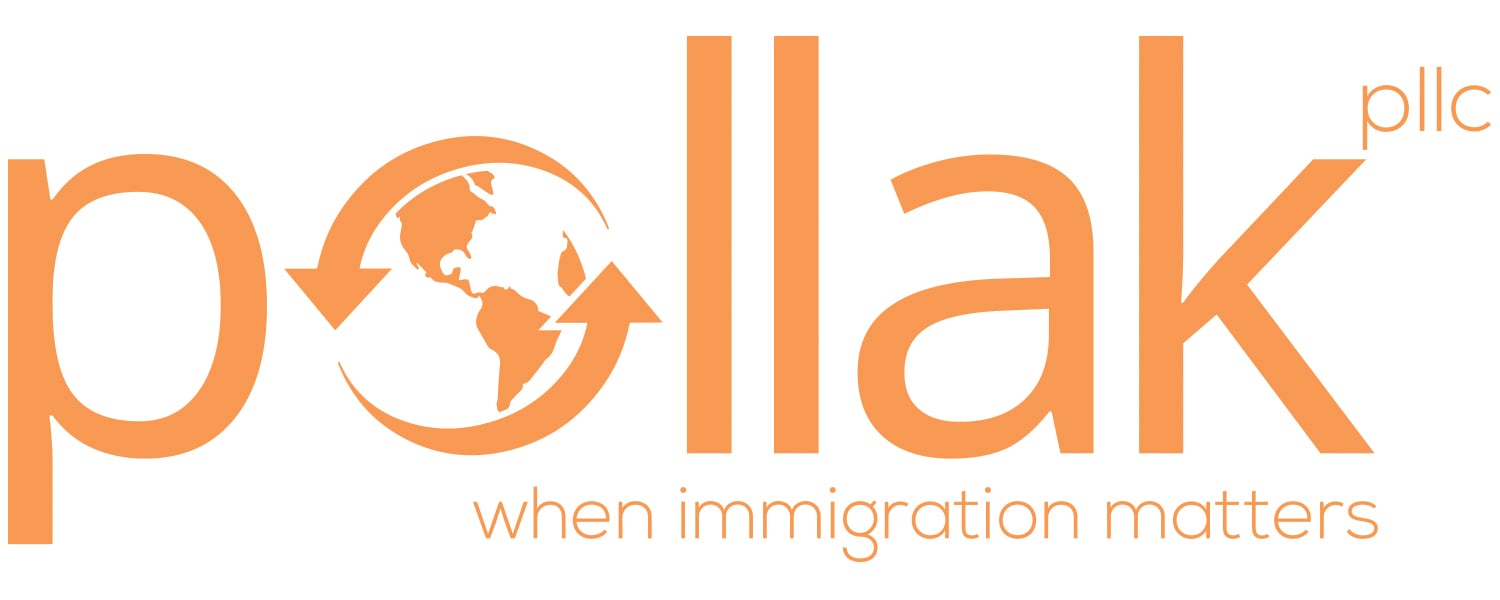Immigration Attorney, Karen-Lee Pollak provides expert analysis on the E-Verify Program publishing, The E-Verify Program: Is It All It’s Cracked Up To Be? in Law360.
Law360 is an American online media company based in New York City that publishes news and analysis on business law for its online subscribers. Current subscribers include each of the top 100 law firms in the U.S., corporate legal departments and major federal and state agencies. All told, the company provides litigation news and analysis to over 100,000 attorneys and 1,400 organizations.
 E-Verify is an online, fully electronic federal database used for verifying if an employee is eligible to lawfully work in the United States. According to some reports, currently more than 60,000 businesses use E-Verify with over 1,000 signing up each week. Although E-Verify is mostly voluntary, E-Verify is required by law in some states, is required by federal contractors and federal agencies and subcontractors and some employers.
E-Verify is an online, fully electronic federal database used for verifying if an employee is eligible to lawfully work in the United States. According to some reports, currently more than 60,000 businesses use E-Verify with over 1,000 signing up each week. Although E-Verify is mostly voluntary, E-Verify is required by law in some states, is required by federal contractors and federal agencies and subcontractors and some employers.
The strongest argument in favor of the use of the E-Verify program is that it protects employers where new hires present fraudulent identity documents. With E-Verify, even if a new hire passes the I-9 test by presenting the required documents to lawfully work in the U.S., E-Verify can detect if the document belongs to someone else or is fraudulent because it cannot be matched to a proper record in the Social Security or U.S. Department of Homeland Security’s databases.
However, the E-Verify program is not without its flaws. E-Verify is often criticized for high error rates and negatively affecting hiring practices. The sharpest criticism of E-Verify is that, while itverifies a match between a social security number and a name, it still has no way of knowing if the person actually presenting the information is in fact the person they say they are. As a result, the system is subject to an unauthorized worker using borrowed or stolen identity documents. A study conducted by Westat estimated in 2009 that 54 percent of unauthorized workers screened through E-Verify were incorrectly confirmed by the system because they used borrowed or stolen identity data.
Another common criticism is that E-Verify cannot reliably detect whether an employer is using the program consistently. If an employer enrolls in the E-Verify program, they are required to use the program for all new hires. An employer may only be using the program for those workers it suspects to be unauthorized thereby engaging in discriminatory hiring practices. Even worse, an employer may be enabling the hiring of unauthorized workers by not using the program for those workers it suspects do not have proper work authorization.
The program has also been criticized because it erroneously nonconfirms some legal workers and imposes additional time and costs on employers. Because of user and database error, E-Verify does not always successfully confirm the work eligibility of citizens or permanent residents lawfully allowed to work. Sometimes a nonimmigrant who was not lawfully allowed to work has now become a permanent resident and is allowed to work. There also may be false social security mismatches where a person has changed their name as a result of marriage. These status changes may not be properly recorded in the federal databases.
While it is true that these errors may be remedied, often to do so means taking several hours off work to visit various federal offices to correct these errors and that is only if employers advise the new hire of the glitch. Sometimes employers do not notify prospective new hires of these glitches because they have improperly used E-Verify to prescreen job applicants. Therefore, some employers avoid hiring or terminate legal workers because of E-Verify errors. There is also growing concern that E-Verify will expose individuals to greater identity theft as more people and agencies have access to this database.
So what can we do to perfect this system? Both the Bush and Obama administrations have created a photo-matching tool to determine if a photo identification document presented by a worker matches the photograph in the E-Verify system. While this is a step in the right direction, it only applies to those workers who present documents with photo identification that evidence work authorization such as permanent residency cards or U.S. passports. As a result, some employers are unlawfully requesting that employees present certain documents as part of the employment verification process either to bypass the photo-matching tool or to ensure that it is used.
To combat these disadvantages, some lawmakers are suggesting that all workers provide biometrics that can be matched to the E-Verify system. For this to work, E-Verify would have to become mandatory for all employers. There are also constitutional concerns with requiring all workers to be fingerprinted in order to be allowed to work in the U.S. Such a proposition smacks of George Orwell’s “Big Brother is watching,” not to mention the exorbitant cost to fingerprint every worker.
While the E-Verify program is good in theory, we cannot make it mandatory until we iron out its quirks, impose civil and criminal penalties for improper use of the E-Verify system and most importantly create a path to lawful work authorization for those illegal workers in the United States. Making E-Verify mandatory without immigration reform will simply move more illegal workers off the radar, as they will no longer pay taxes and employers will simply take them off the payroll to avoid detection resulting in lower wages and less taxes paid to the government.

